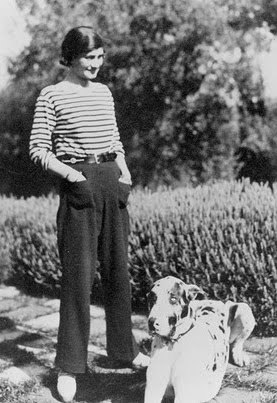Better late than never, my round-up of 2013 reading. I read 21 books. Here are Nos. 8-14, ranked in order of my preference. Not necessarily in order of literary greatness, but in terms of my enjoyment of the book, whether it dazzled me with language, or made me think new thoughts, or made me want to make things, or made me feel something, or all of the above.
***
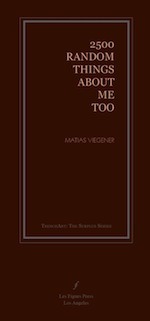
8. 2500 Random Things About Me Too (2012) – Mathias Viegener (Les Figues Press. Purchased as a result of submitting work to this press, via their website. Kept in the poetry shelf.)
I think this was born out of Viegener’s commitment to a conceptual art aesthetic: find out what will happen via repetition; the most important part is the commitment to that repetition. I’m often skeptical of the products of conceptual art (which only make you think about the process), but the repetition works in this case. This is a book based on that Facebook meme from 2011 or so, where people posted 25 random things about themselves. Viegener wrote 100 of those lists.
There is something so compelling about a list (as the Internet has proven). Because there is a clear beginning and ending? Because the whole comes in digestible parts? Because it gives us a mini-puzzle to order (put together the things that look alike, separate the things that are not like the others)?
But Viegener is not just working randomly, he even admits to this in some of the later lists… The lists become a slow revelation of his life, with the death of his mother and his friend, the writer Kathy Acker, as the emotional threads. He sprinkles it liberally with funny and lurid stories about sexual encounters, conclusions and questions about art, his fascination with plants and fruit…
It would be interesting to write an essay comparing it to Maggie Nelson’s Bluets, which is similar in form and substance in some ways. I enjoyed this book so much more, maybe because he has a more generous sense of humor… Great bedtime reading – read a list & turn the light off.
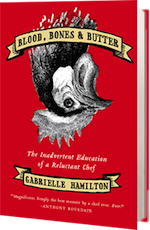
9. Blood, Bones and Butter (2011) – Gabrielle Hamilton (Random House. Purchased at B&N, USQ. Passed on to a friend.)
I enjoyed Hamilton’s voice: tough, honest about her own vulnerabilities and failings, sometimes sarcastic, not afraid to be a bitch. I liked being in her head. Particularly appreciated her account of her complicated relationship with her mother. Gorgeous descriptions of cooking and of food (to be expected in a celebrated chef’s memoir), rekindles the romance of Italy.
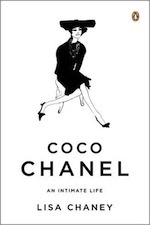
10. Coco Chanel: An Intimate Life (2011) – Lisa Chaney (Purchased at Posman Books, Grand Central. On the “will possibly re-read or loan to someone” shelf.)
I liked this book best for the historical and cultural context it provides on Chanel’s life. Most fascinating was the description of the socially codified role of courtesans in France as well as prostitution generally, all the way down to the shop girl or seamstress who would occasionally have sex for money to make ends meet.
The view of Chanel is an external one. It’s hard to get a sense of her personality, her relations with the people closest to her, though, admittedly she sounds like a difficult subject as she didn’t like to write (allegedly because was embarrassed by her writing style and lack of formal education), and because she told so many different versions of her life, herself.
Chaney devotes a bit too much time to defending the ways her positions and opinions about her subject diverge from other biographies, as if the reader had some knowledge of them all. She is also perhaps sympathetic to a fault with Chanel, including her Nazi sympathies, though I prefer this to a biographer who is judgmental of his/her subject.
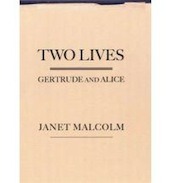
11. Two Lives: Gertrude and Alice (2007) – Janet Malcolm (Purchased at St. Mark’s Bookstore. On the keeper shelf.)
Reading this is like sitting down and having a long talk with a really smart and entertaining literature professor about her research. More thoughts on this book here.
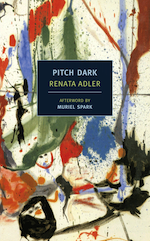
12. Pitch Dark (1983) – Renata Adler
Reissued by NYRB books in 2013. A slow read about heartbreak. Wordplay is at its core. Certain sentences weave throughout like a variations on a melancholy melody . I saw Adler read and she said this was her favorite of her books. That’s why I wanted to like this better than Speedboat, but its scope is narrower.

13. Wild (2013) – Cheryl Strayed
What remains of the academic snob in me wants to take an academic snob position on this memoir, but the truth is that it made me cry twice on a long plane ride across the country, and it’s not often a book makes me more than tear up,. “Honest” seems to be my favorite word to commend books I read in 2013; that’s especially the case here. Refreshing to read a Great Adventure sort of story from a female perspective.

14. The Voyeurs (2012) – Gabrielle Bell
Comics. Honest and depressing memoir-like graphic novellas. I liked the art.

